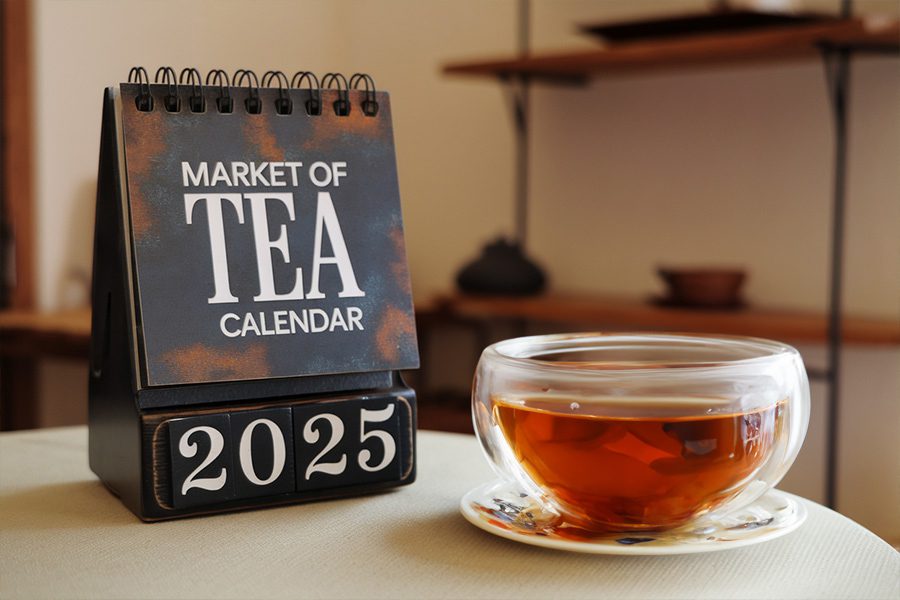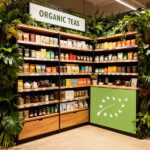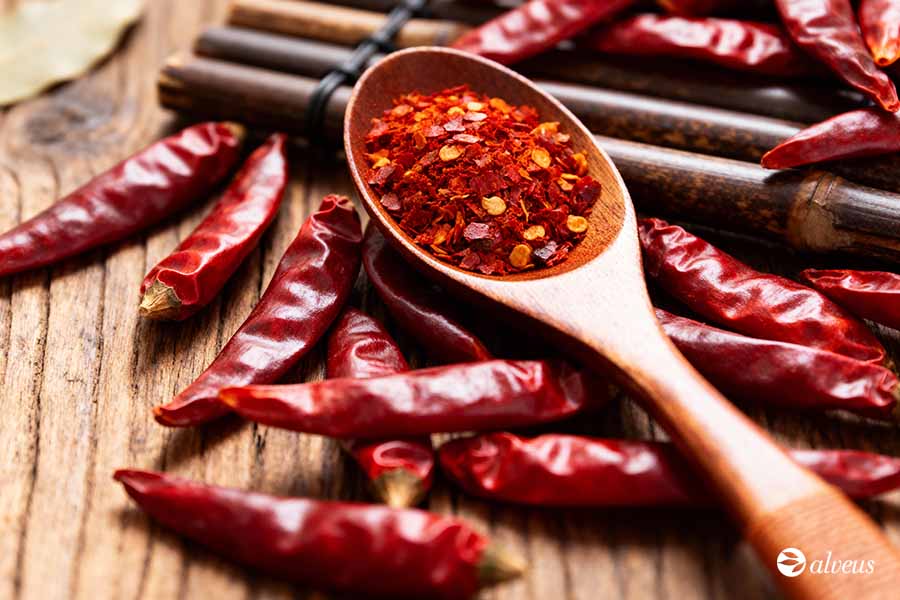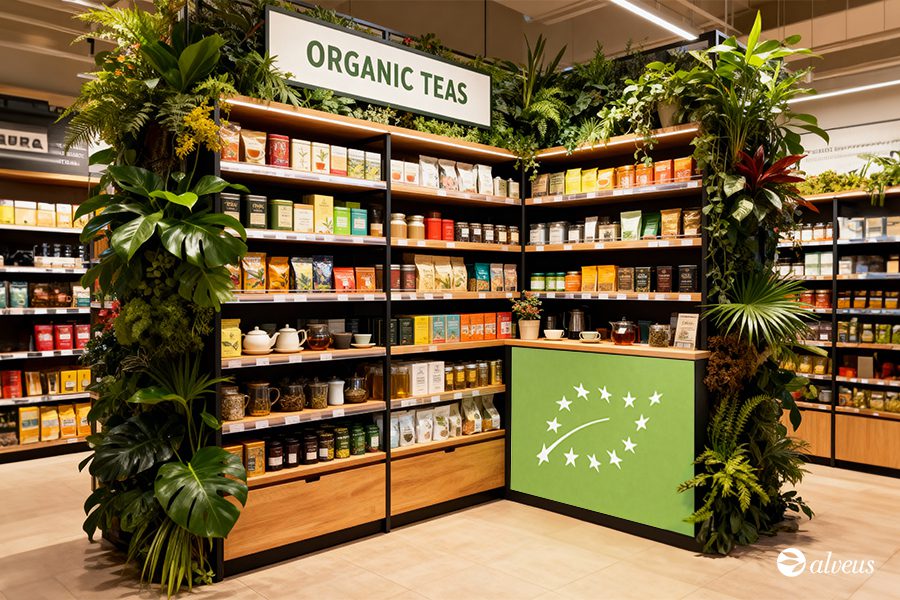Are you curious about the tea market trends for 2025?
Thanks to an in-depth study conducted by our marketing department, supported by industry professionals, and enriched with valuable feedback from thousands of customers across Europe, we dare to unveil what the tea industry during this upcoming year.
Get ready to stand out among your competitors; take notes and ensure, bountiful success in your tea business throughout 2025.
Organic Teas: Sustainability Drives Growth
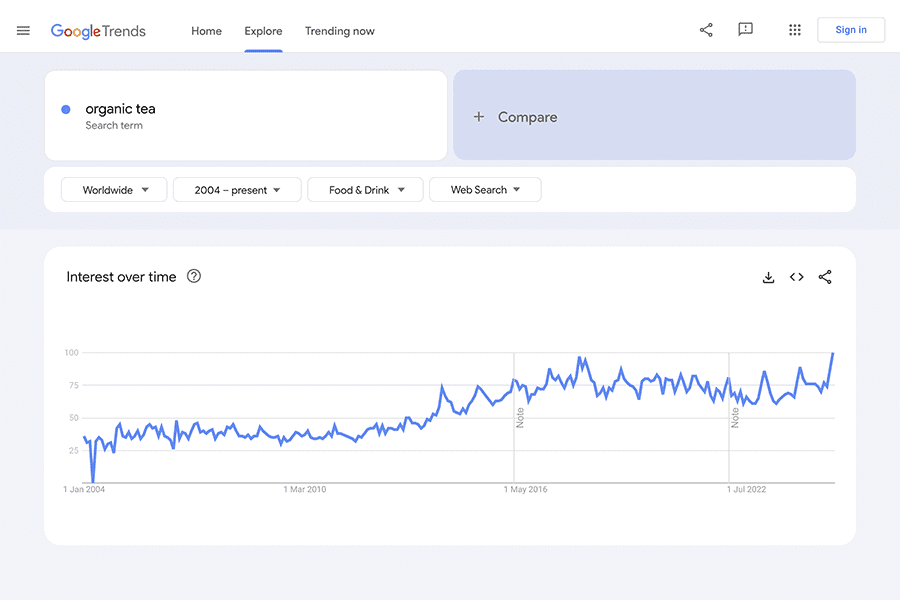
The organic tea market continues to grow consistently, reflected in production and consumption. Consumers are increasingly aware of the environmental impact of their purchasing choices and seek products that align with ethical and ecological principles.
The organic tea trend is expected to accelerate further in 2025. Greater availability and a growing market are expected to boost consumption.
This trend positions organic teas as a response to rising consumer concerns about environmental well-being.
Why include organic teas in your business?
- Chemical-free: Organic production ensures teas are free from pesticide residues, making them healthier for consumers.
- Environmentally friendly: Organic farming methods are more sustainable and less invasive to ecosystems.
- Consumer appeal: Shoppers increasingly value organic products and are willing to pay premium prices for teas that align with their values.
If you’re looking to diversify your tea selection in 2025, organic teas are an effective way to embrace this growing trend. They also appeal to health- and eco-conscious customers with significant purchasing potential.
Rooibos: The Caffeine-Free Drink for All Audiences
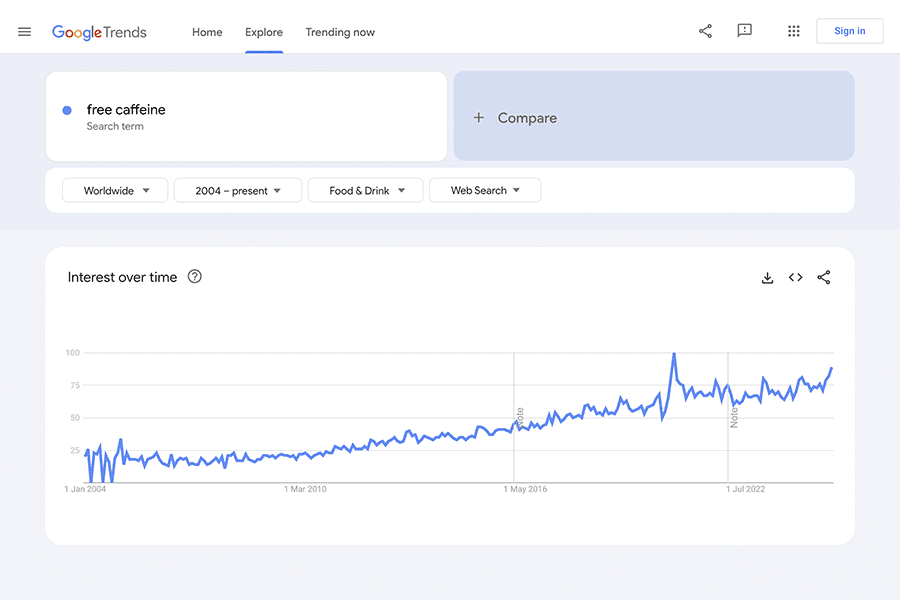
Rooibos, a shrub native to South Africa, continues to gain popularity thanks to its numerous health benefits and versatility.
What sets Rooibos apart is its naturally sweet, smooth flavour—and more importantly, its caffeine-free nature. This makes it an ideal choice for those seeking a comforting drink without the stimulant effects of caffeine.
Its adaptability as a base for blends appeals to a wide range of tastes.
Reasons to expand your Rooibos selection in 2025:
- Caffeine-free: Suitable for any time of day, including for children and those sensitive to caffeine.
- Rich in antioxidants: Rooibos is packed with antioxidants, promoting overall health and well-being.
- Blend versatility: Pairs well with fruits, flowers, or spices, making it appealing to diverse audiences.
Tea shops increasingly include Rooibos in their offerings to meet the growing demand for caffeine-free, healthful options.
Exotic Flavors: Consumers Seek Sensory Experiences
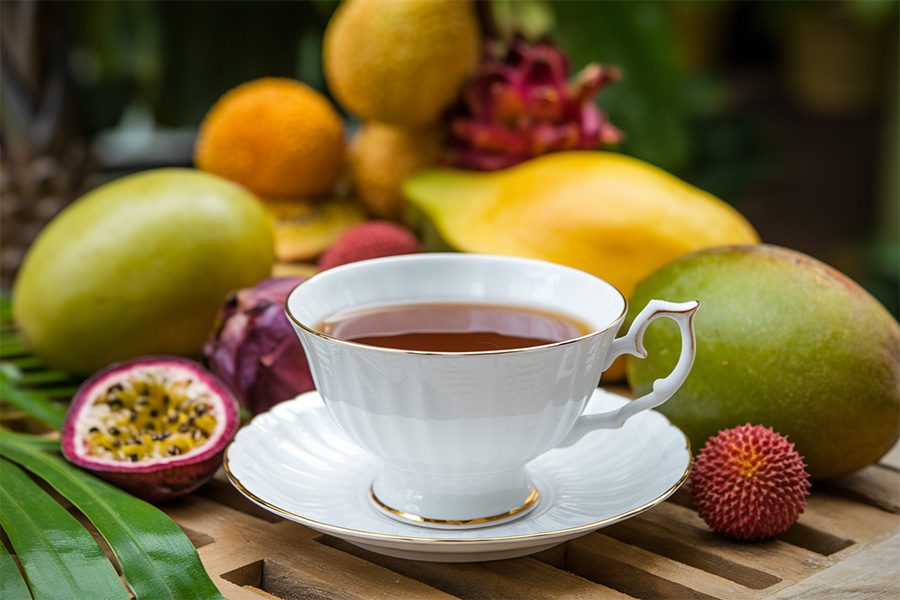
As tea consumption becomes more established, consumers are demanding new experiences, whether through pure teas or flavoured blends.
For 2025, exotic flavours are expected to lead the trend. However, classics like jasmine or spiced teas will still maintain their popularity.
For tea businesses, this is a prime opportunity to attract new customers and retain existing ones.
Popular flavours for 2025:
- Floral: Jasmine tea remains a timeless favourite among floral teas.
- Fruity: Mango, blueberry, and guava teas offer refreshing, exotic flavours that appeal particularly to younger audiences.
- Spiced: Teas with spices like anise, turmeric, or ginger are gaining traction for their anti-inflammatory and digestive properties.
Matcha: The green tea on the rise
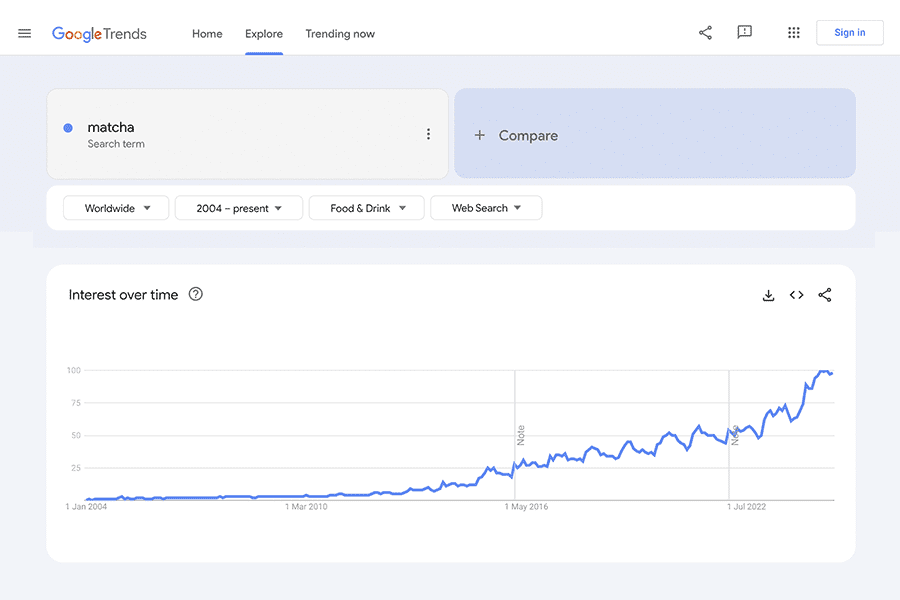
Matcha continues to shine as one of the tea market’s biggest stars. Traditionally used in Japanese tea ceremonies, this powdered green tea has gained global popularity for its health benefits and versatility.
Over recent years, brands specialising exclusively in Matcha have flourished, proving the strong growth of this trend.
In 2025, Matcha will remain a top choice for consumers seeking a healthy, antioxidant-rich drink with an energising boost.
Additionally, Matcha has become a popular ingredient in products like smoothies, lattes, and desserts, broadening its appeal across different demographics.
Why will Matcha remain popular in 2025?
- Antioxidant properties: Matcha is rich in catechins, which help combat cellular ageing.
- Natural energy: Provides sustained energy without the jitters, thanks to its L-theanine content.
- Culinary versatility: Used in beverages, desserts, and more, Matcha is a multifaceted ingredient.
Spices: Culinary Creativity as a Complementary Product
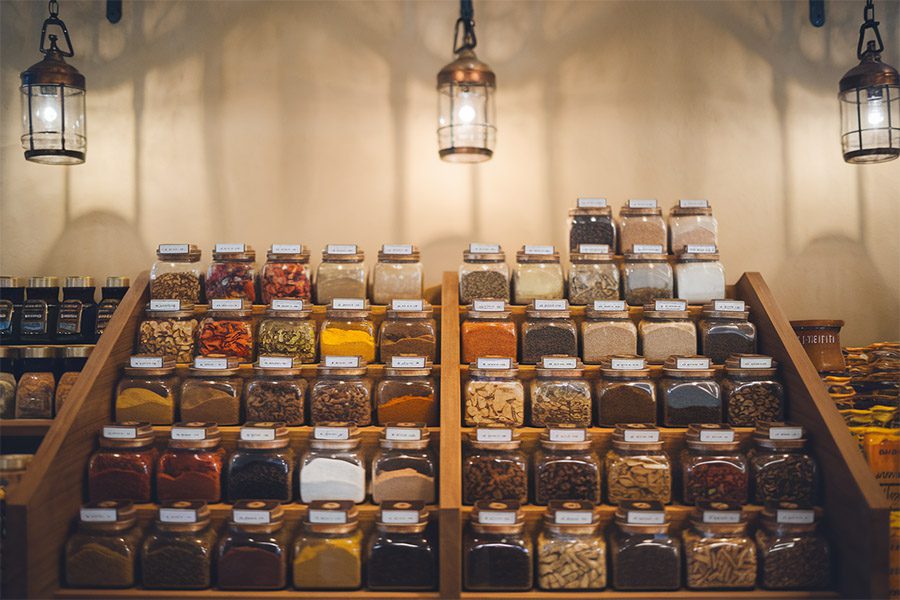
Spices are making waves in global culinary trends, earning a place in food and beverage stores.
For tea shops, spices represent an attractive complementary product with a similar customer profile. They can also be sold in bulk, just like tea.
Why add spices to your tea business in 2025?
- Culinary trends: Spices are central to the growing culinary innovation movement.
- High demand: A staple in kitchens worldwide, they enjoy daily usage.
- Easy integration: They can be packaged and displayed alongside teas.
- Versatility: Used in cooking, tea infusions, smoothies, and cocktails.
- Broad appeal: Their health benefits attract wellness-focused customers.
Additional Trends for Tea Businesses in 2025
In addition to the main trends mentioned, other developments are gaining momentum in the tea market:
Functional teas—those promoted for specific health benefits—are on the rise. Consumers are increasingly prioritising health and wellness, seeking teas that support digestion, energy levels, or overall well-being.
Finally, technology is playing an increasingly important role in the tea business. E-commerce sales, digital consumer experiences, and enhanced social media presence are all reshaping the industry. Brands must stay ahead of the curve to meet the demands of an ever more connected and discerning audience.


